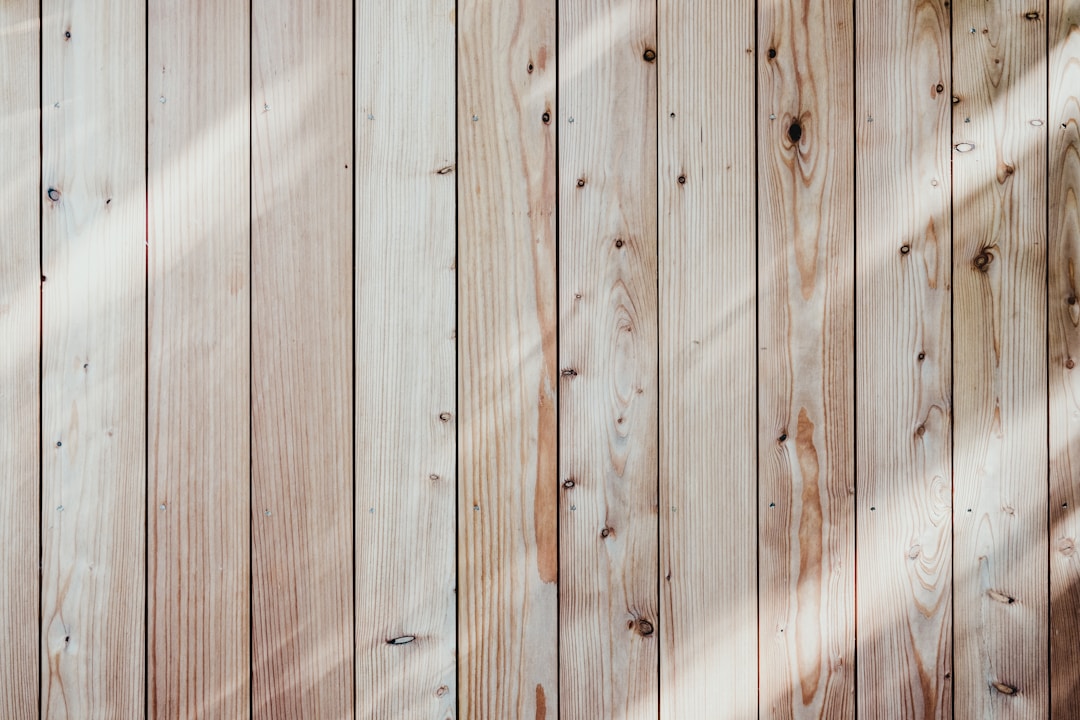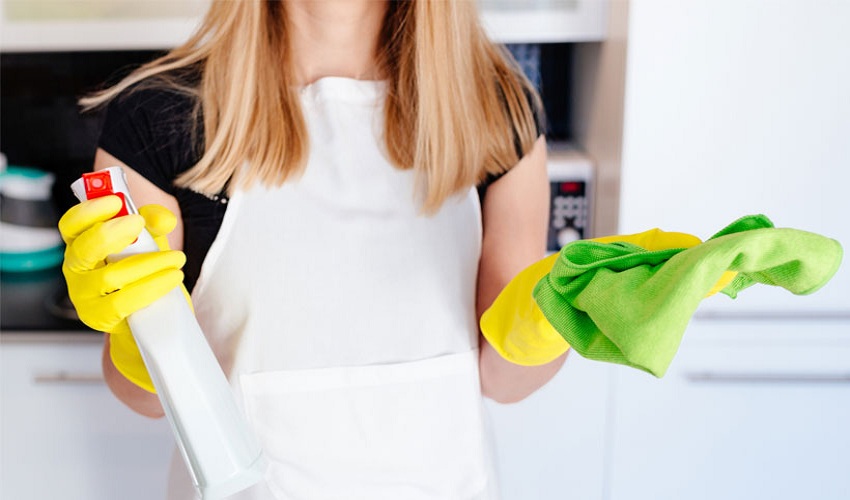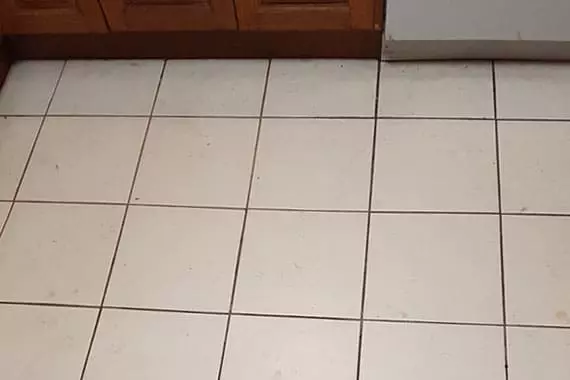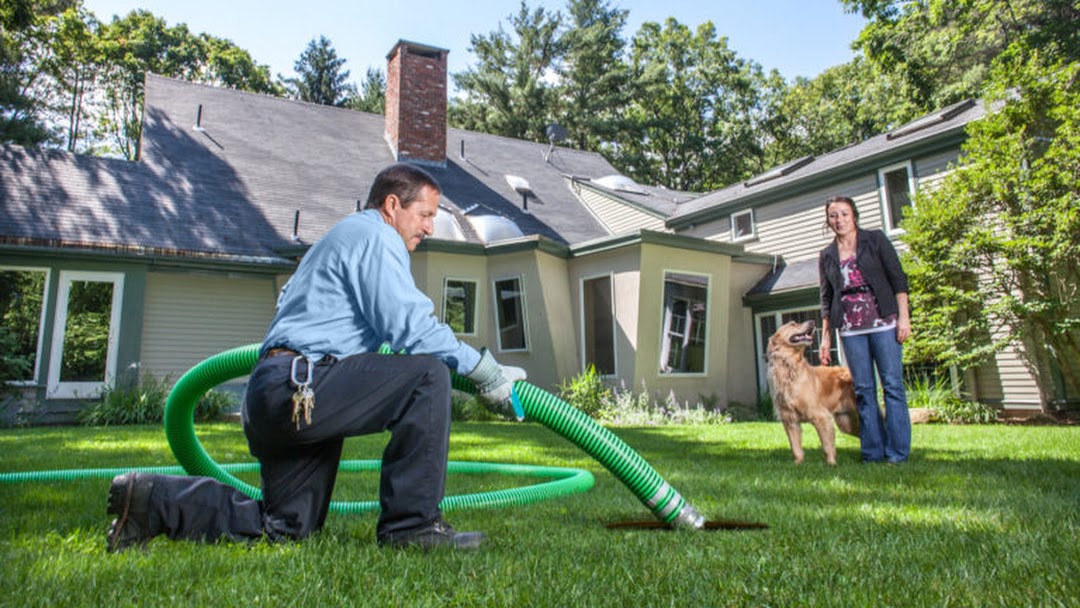Wooden furniture and surfaces add a timeless elegance to any home or establishment. But over time, these beautiful pieces can become dulled by dirt, grime, or the very coatings meant to protect them. Gentle wood cleaning and mild stripping are essential in preserving the integrity and appearance of wood surfaces. Below, we’ll explore the nuances of caring for wood in a way that maintains its natural charm and longevity.
Selecting the Right Products for Safe Wood Surface Restoration

When it comes to wood restoration, the selection of cleaning and stripping products is paramount to ensure safety and effectiveness. High-quality, eco-friendly products designed specifically for wood preservation are ideal, as they minimize the risk of damage and are better for the environment. It’s important to choose products that are compatible with your type of wood and the desired finish.
There are various wood cleaners and mild strippers available on the market, but not all are created equal. Some are formulated with harsh chemicals that can be too aggressive. Opting for a wood cleaner & mild stripper guarantees a gentle yet effective approach to wood care, ensuring that the wood’s natural grain and color are respected.
When shopping for wood restoration products, reading labels and understanding ingredients is essential. Look for products with natural solvents and ones that are free from chlorine, which can bleach wood excessively and weaken its fibers. Choose products with clear usage instructions and safety recommendations to reduce the risk of misuse.
The Step-By-Step Process of Gentle Wood Cleaning and Stripping
The process of cleaning and stripping wood surfaces begins with preparation. Clear the area of any dust or debris and ensure that the wood is free of loose particles that could scratch the surface during cleaning. Have all the tools and materials you need at hand to streamline the process and ensure a methodical approach.
Start with gentle wood cleaning, applying the cleaner with a soft cloth or brush along the grain to lift dirt without scratching. Rinse with water if required by the product, being cautious not to saturate the wood. This step sets the stage for stripping by removing surface-level contaminants that could hinder the stripper’s effectiveness.
Once the wood is clean, mild stripping can commence. Apply the stripper according to the manufacturer’s instructions, using a brush or cloth. It’s important to remember that a mild stripper may require a bit more time to work than harsher chemicals, especially when dealing with multiple layers of old finish or paint.
Tips for Maintaining Clean and Pristine Wood Surfaces Post-Restoration

After successfully cleaning and stripping your wood surfaces, ongoing maintenance will ensure they stay in excellent condition. Routine dusting with a soft, lint-free cloth removes surface dirt that can accumulate and cause wear over time. Regular cleaning with a gentle, appropriate wood cleaner will also keep the wood looking vibrant and fresh.
It’s also important to manage exposure to sunlight and moisture. Excessive sunlight can cause fading and weakening of the wood, while moisture can lead to warping or mold growth. Using blinds or curtains to control light and ensuring any spills are promptly wiped up are simple but effective strategies.
Protective finishes and sealants play a key role in preserving the beauty of your wood surfaces. These should be reapplied as part of your wood care routine, following the manufacturer’s recommendations for the type of wood and the use of the item. A good finish not only restores the wood’s luster but also offers a protective barrier against wear and tear.
Common Mistakes to Avoid When Cleaning and Stripping Wood Surfaces
One of the most common mistakes in wood cleaning and stripping is rushing the process. Hurrying can lead to missed areas, uneven application of cleaners or strippers, and ultimately, unsatisfactory results. Taking the time to work methodically ensures that every inch of the wood is treated with care.
Using too much product is another error to sidestep. Excessive amounts of cleaner or stripper can penetrate too deeply, causing damage, or can be hard to remove, leaving residues that affect subsequent finishes. Always use the smallest effective amount, and layer more product only as needed.
Altogether, gently cleaning and mildly stripping wood surfaces serve to enhance and protect the natural allure of wood without causing undue harm. By following the recommended practices and avoiding common mistakes, you can rejuvenate wood surfaces with confidence, preserving their charm and solidity for years to come.

My name is Gwen Elmore. I post about home improvement ideas and how to make your home look beautiful and liveable. I hope my posts will help you with your DIY projects!








